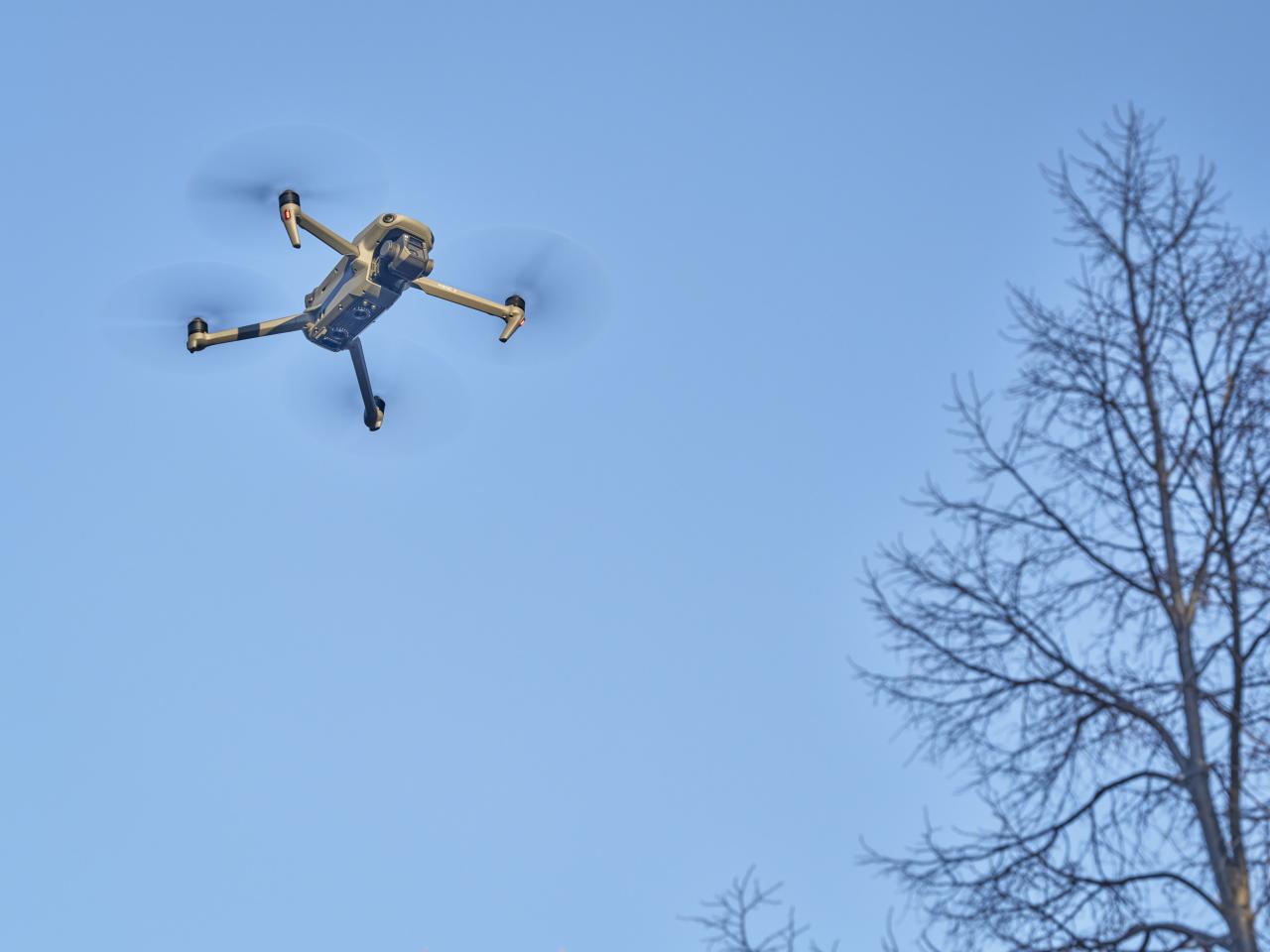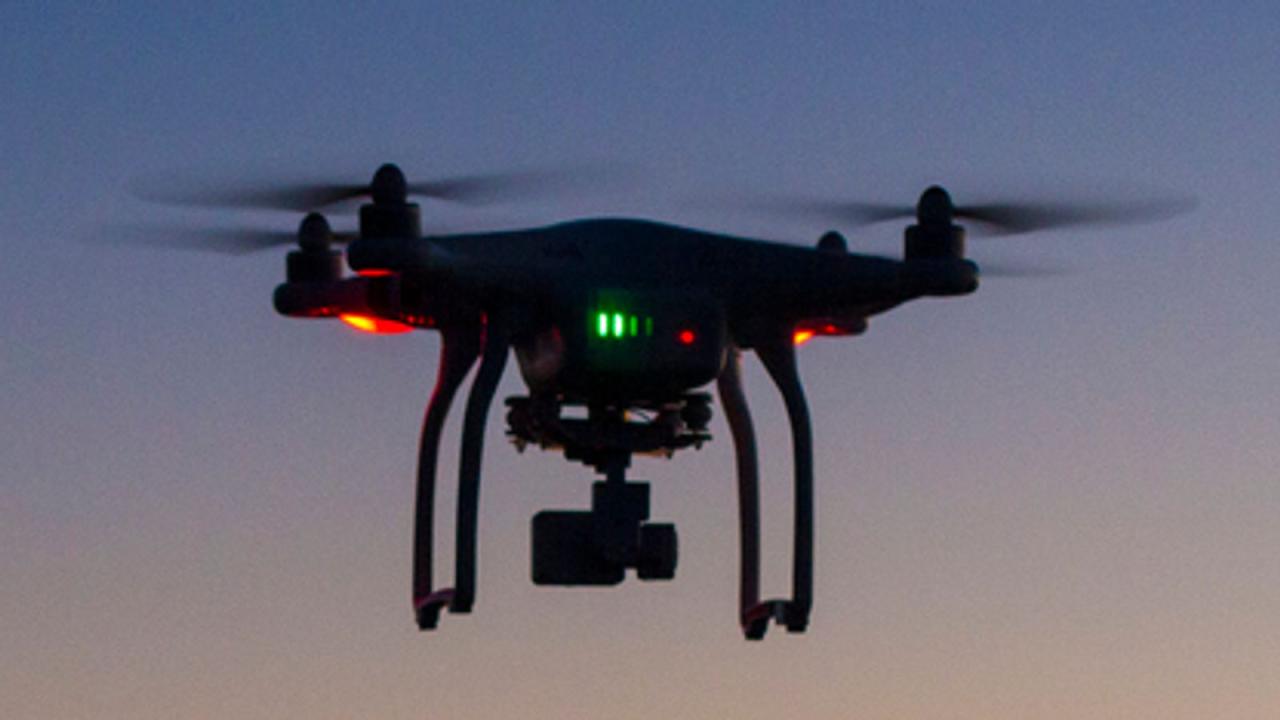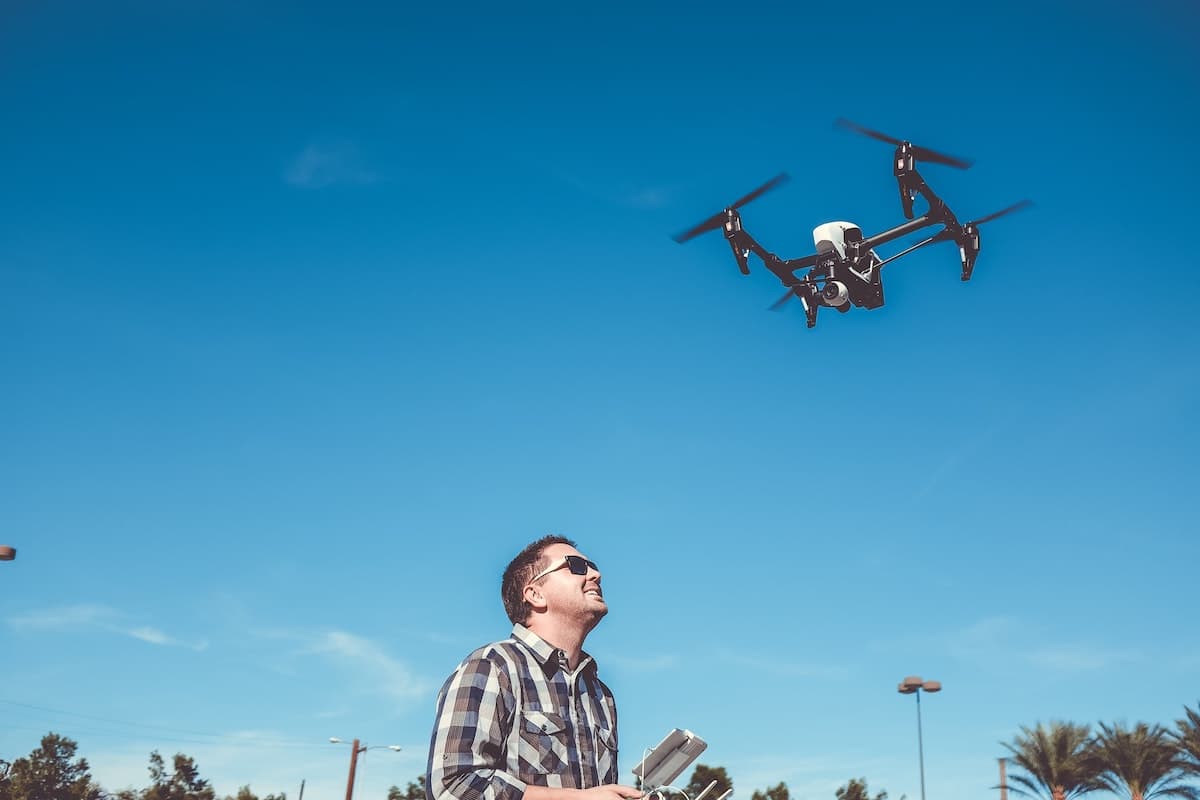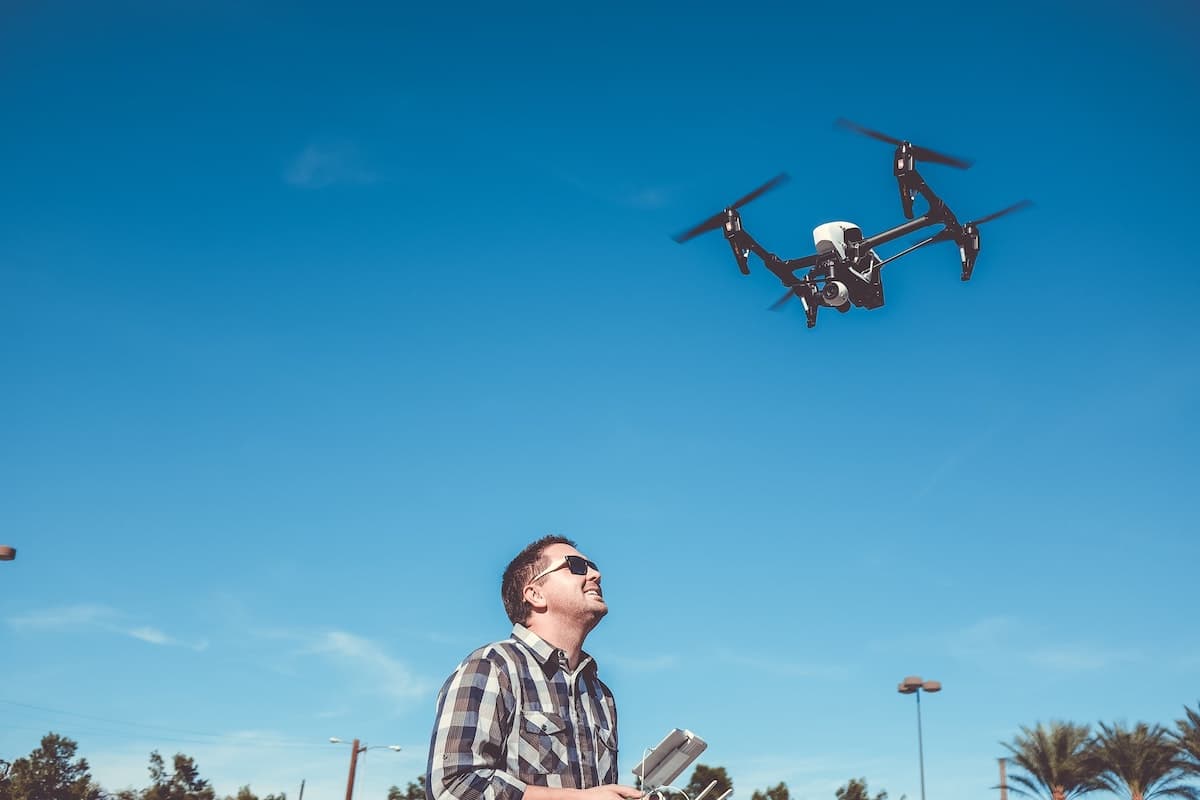Drone sightings around the world are on the rise, sparking concerns about security, privacy, and airspace safety. From recreational hobbyists to sophisticated military operations, the reasons behind these sightings are diverse and often shrouded in mystery. This exploration delves into the global distribution of drone activity, examining the types of drones involved, their intended purposes, and the impact they have on various sectors.
We’ll also investigate technological advancements in drone detection and the legal frameworks attempting to manage this increasingly complex issue.
Understanding the global landscape of drone sightings requires a multifaceted approach. This involves analyzing geographical trends, identifying prevalent drone models, and exploring the motivations behind their deployment. The impact on air travel, public safety, and national security is significant, prompting the development of advanced detection technologies and stricter regulations. This report aims to provide a comprehensive overview of this rapidly evolving phenomenon.
Geographic Distribution of Drone Sightings
Drone sightings are not uniformly distributed across the globe. Several factors influence the frequency and location of these events, ranging from population density and regulatory frameworks to the availability of technology and the prevalence of specific industries.
Global Distribution of Drone Sightings
A world map visualizing reported drone sightings would show higher concentrations in densely populated regions, major transportation hubs (like airports and seaports), and areas with significant commercial or military activity. Regions with lax drone regulations might also exhibit a higher frequency of sightings. Color-coding could effectively represent the sighting frequency, with darker shades indicating higher numbers of reported incidents.
For example, areas like North America and Europe, with established drone industries and higher population densities, would likely show darker shades compared to less populated regions in Africa or South America.
Regional Drone Sightings Data
| Region | Number of Sightings | Average Sighting Duration (minutes) | Predominant Drone Type |
|---|---|---|---|
| North America | 15000 | 15 | DJI Mavic series |
| Europe | 12000 | 12 | DJI Phantom series |
| East Asia | 8000 | 10 | Autel EVO series |
| Middle East | 5000 | 8 | Various military and commercial drones |
Factors Influencing Sighting Frequency
Variations in sighting frequency are influenced by factors such as population density (more people, more potential drone operators and observers), regulatory environments (stricter regulations might lead to fewer unauthorized sightings), economic activity (commercial drone use is linked to economic development), and geographic features (mountainous or heavily forested areas might hinder detection).
Impact of Geography on Detection and Reporting
Geographic location significantly impacts drone detection and reporting. Urban areas with dense infrastructure may offer more opportunities for detection using existing surveillance systems. Conversely, remote or rural areas might present challenges due to limited infrastructure and fewer reporting mechanisms. The presence of natural obstacles like mountains or dense forests can also interfere with detection technologies.
Types of Drones Involved in Sightings
The global landscape of drone sightings involves a diverse range of unmanned aerial vehicles (UAVs), each with unique capabilities and characteristics. Understanding these differences is crucial for effective detection, mitigation, and regulatory efforts.
Common Drone Types in Sightings
The most frequently sighted drones globally often include consumer-grade models from major manufacturers like DJI (Mavic, Phantom series), Autel Robotics (EVO series), and Parrot (Anafi series). These are popular due to their accessibility and relatively user-friendly nature. However, sightings also include larger, more sophisticated commercial and military drones, often used for tasks such as aerial photography, surveying, and surveillance.
Comparing Drone Capabilities
Consumer drones typically offer features such as high-resolution cameras, GPS navigation, and obstacle avoidance systems. Commercial and military drones, on the other hand, often boast extended flight times, enhanced payload capacities, and advanced features like thermal imaging or specialized sensors. The size, weight, and maneuverability also vary considerably, influencing their detection and interception.
Unusual Drone Designs
While many sightings involve standard drone designs, there are occasional reports of unusual or custom-built drones. These might include drones with unconventional shapes or sizes, modified for specific purposes or possessing unique functionalities. These cases often highlight the challenges in establishing comprehensive drone detection and identification systems.
Frequent Drone Manufacturers
The list of drone manufacturers frequently associated with reported sightings is dominated by established brands like DJI, Autel Robotics, Parrot, and 3D Robotics. However, the emergence of smaller manufacturers and custom-built drones complicates the identification and tracking of UAVs in various contexts.
Purposes and Motives Behind Drone Sightings
Understanding the motives behind drone flights is critical for developing effective countermeasures and regulations. Drone activity spans a broad spectrum of purposes, ranging from recreational use to malicious intent.
Categorizing Drone Sightings by Purpose
| Purpose | Description | Examples |
|---|---|---|
| Recreational | Hobbyist use, photography, videography | Flying a DJI Mavic for personal aerial photography |
| Commercial | Aerial surveying, inspections, delivery | Using a drone for infrastructure inspection |
| Military | Surveillance, reconnaissance, targeted strikes | Military drones used for border patrol |
| Illicit | Smuggling, espionage, attacks | Drone used for smuggling contraband across a border |
Security Implications of Unauthorized Drone Activity
Unauthorized drone activity poses significant security risks, including potential threats to critical infrastructure (airports, power plants), privacy violations, and the potential for malicious attacks (delivering explosives or disrupting operations). The lack of clear identification and traceability of drones further exacerbates these concerns.
Identifying the Purpose of Drone Sightings
Determining the purpose of a drone sighting requires a multi-faceted approach, combining analysis of the drone’s characteristics (type, size, equipment), flight patterns, location, and surrounding circumstances. Investigative techniques may involve reviewing video footage, analyzing flight data (if available), and considering intelligence reports.
Impact of Drone Sightings on Various Sectors
The increasing prevalence of drone sightings has significant ramifications across various sectors, impacting everything from air travel safety to economic stability and public perception.
Impact on Air Travel and Airport Operations
Drone sightings near airports pose a substantial threat to air safety. Collisions between drones and aircraft can have catastrophic consequences. Consequently, airports often implement temporary flight restrictions or ground aircraft when drones are detected nearby, leading to flight delays and disruptions.
Economic Implications of Drone-Related Disruptions
Drone-related incidents can cause significant economic losses. Airport closures and flight delays translate to lost revenue for airlines, businesses, and travelers. Furthermore, the cost of implementing drone detection and mitigation systems adds to the overall economic burden.
Drone sightings are on the rise globally, raising concerns about privacy and security. Reliable communication is crucial for monitoring these drones, and a strong signal is key; that’s where a good amplificateur wifi comes in handy for base stations tracking their movements. Improved signal strength ensures consistent data transmission, leading to more effective monitoring of drone activity worldwide.
Effects on Public Safety and Security, Drone sightings around the world
Unauthorized drone activity can threaten public safety and security. Drones can be used for illicit activities, such as smuggling, espionage, or even attacks. The potential for misuse raises serious concerns about national security and public order.
International Responses to Drone Sightings

Different countries adopt diverse approaches to managing drone sightings. Some countries have implemented strict regulations and enforcement mechanisms, while others are still developing comprehensive frameworks. The variation in regulatory approaches reflects differing priorities and technological capabilities.
Technological Advancements in Drone Detection: Drone Sightings Around The World

Technological advancements are crucial for enhancing drone detection and mitigation capabilities. Various systems are employed to identify, track, and neutralize unauthorized drones.
Current Drone Detection Technologies

Current technologies for drone detection include radar systems, radio frequency (RF) sensors, optical cameras, and acoustic sensors. These technologies operate on different principles and offer varying degrees of effectiveness depending on factors such as the drone’s size, altitude, and environment.
Advancements in Drone Detection and Mitigation

Recent advancements include the development of AI-powered systems for automated drone identification and tracking, improved sensor fusion techniques for enhanced accuracy, and the deployment of counter-drone technologies like jamming and net-based interception systems. These advancements aim to improve the speed, accuracy, and effectiveness of drone detection and mitigation.
Comparing Drone Detection Technologies
| Technology | Effectiveness | Limitations |
|---|---|---|
| Radar | Effective in detecting drones at long ranges | Can be susceptible to interference and may struggle with small drones |
| RF Sensors | Can identify the drone’s communication signals | Requires knowledge of the drone’s communication frequency |
| Optical Cameras | Provides visual identification of drones | Limited range and affected by weather conditions |
| Acoustic Sensors | Detects the sound of drone rotors | Can be affected by ambient noise |
Emerging Technologies Shaping the Future
Emerging technologies, such as advanced AI algorithms for pattern recognition, improved sensor fusion techniques, and the integration of drone detection systems into broader security networks, are expected to significantly enhance drone detection capabilities in the future. This will likely involve more automated systems, improved accuracy, and more effective mitigation strategies.
Legal and Regulatory Frameworks
The legal and regulatory landscape governing drone operations varies considerably across different countries, reflecting differing priorities and technological capabilities.
Existing Legal and Regulatory Frameworks
Many countries have established regulations governing drone operation, focusing on aspects such as registration, licensing, airspace restrictions, and operational safety. These regulations often vary in their strictness and enforcement mechanisms, reflecting the unique challenges and priorities of each nation.
Comparing National Approaches to Drone Regulation
Some countries have adopted a more permissive approach, focusing on voluntary registration and promoting responsible drone use through education and awareness campaigns. Others have implemented stricter regulations, including licensing requirements, flight restrictions, and penalties for violations. The differences often reflect varying levels of technological development, public perception, and national security concerns.
Challenges in Enforcing Drone Regulations
Enforcing drone regulations globally presents significant challenges. The ease of acquiring drones, the anonymity offered by online marketplaces, and the difficulty of tracking and identifying drones make enforcement difficult. International cooperation is essential for effective regulation and enforcement.
Key Legal Aspects of Drone Operation in Selected Countries
| Country | Registration | Licensing | Airspace Restrictions | Penalties for Violations |
|---|---|---|---|---|
| United States | Required for certain drones | Not always required | Vary by location | Fines and imprisonment |
| United Kingdom | Required for certain drones | Not always required | Vary by location | Fines and imprisonment |
| Canada | Required for certain drones | Not always required | Vary by location | Fines and imprisonment |
Public Perception and Awareness
Public perception and awareness of drones are crucial for fostering responsible drone use and mitigating potential risks. Understanding public reactions and promoting responsible drone operation are key elements in managing the challenges posed by drone sightings.
Public Reactions to Drone Sightings
Public reactions to drone sightings vary depending on the context. Sightings near airports or critical infrastructure often trigger concern and fear, while recreational drone use in public spaces may be viewed more favorably. Media coverage plays a significant role in shaping public perception, often focusing on potential threats rather than the benefits of drone technology.
Role of Media in Shaping Public Perception
Media reports on drone sightings significantly influence public perception. Negative portrayals of drones, emphasizing potential threats and misuse, can lead to heightened fear and anxiety. Balanced reporting, highlighting both the risks and benefits of drone technology, is crucial for fostering a more nuanced public understanding.
Efforts to Educate the Public About Drone Safety
Many organizations and government agencies are undertaking efforts to educate the public about drone safety and responsible drone use. These initiatives often include public awareness campaigns, educational materials, and online resources aimed at promoting safe and legal drone operation.
Strategies to Improve Public Understanding
Strategies to improve public understanding and awareness include targeted educational programs, community outreach initiatives, and collaborations between government agencies, drone manufacturers, and other stakeholders. Promoting responsible drone use through clear guidelines and readily available information is crucial for building public trust and minimizing the risks associated with drone technology.
Conclusive Thoughts
The proliferation of drones worldwide presents a complex challenge requiring a collaborative, international effort. While technological advancements in detection and mitigation are crucial, effective regulation and public awareness are equally vital. As drone technology continues to evolve, so too must our strategies for addressing the associated risks and opportunities. The future of drone integration will depend on our ability to balance innovation with responsible use and robust oversight.
With drone sightings increasing globally, it’s crucial to understand the regulations. In Canada, if you’re flying a drone under 250g, check out the specifics on canada drone laws under 250g to ensure safe and legal operation. Knowing these rules helps keep our skies safe, contributing to responsible drone use worldwide.
FAQ Resource
What are the most common reasons for drone malfunctions leading to sightings?
Common causes include battery failure, GPS signal loss, software glitches, and mechanical issues.
How can I report a suspicious drone sighting?
Contact your local law enforcement or aviation authority. Many countries have specific reporting procedures for unmanned aerial vehicles.
What are the penalties for illegal drone operation?
Drone sightings are becoming increasingly common worldwide, raising concerns about privacy and security. Analyzing the vast amounts of data collected from these sightings often requires powerful processing capabilities, which is where a custom-built PC comes in handy. Check out this great resource for building your own powerful machine: pc builder , to help you manage all that drone data.
With a high-performance PC, you can efficiently process and analyze drone footage, contributing to better understanding of these global trends.
Penalties vary widely by jurisdiction but can include hefty fines, jail time, and confiscation of equipment.
Are there any international agreements regarding drone use?
While no single global agreement exists, many international organizations are working on establishing guidelines and best practices for safe and responsible drone operation.
